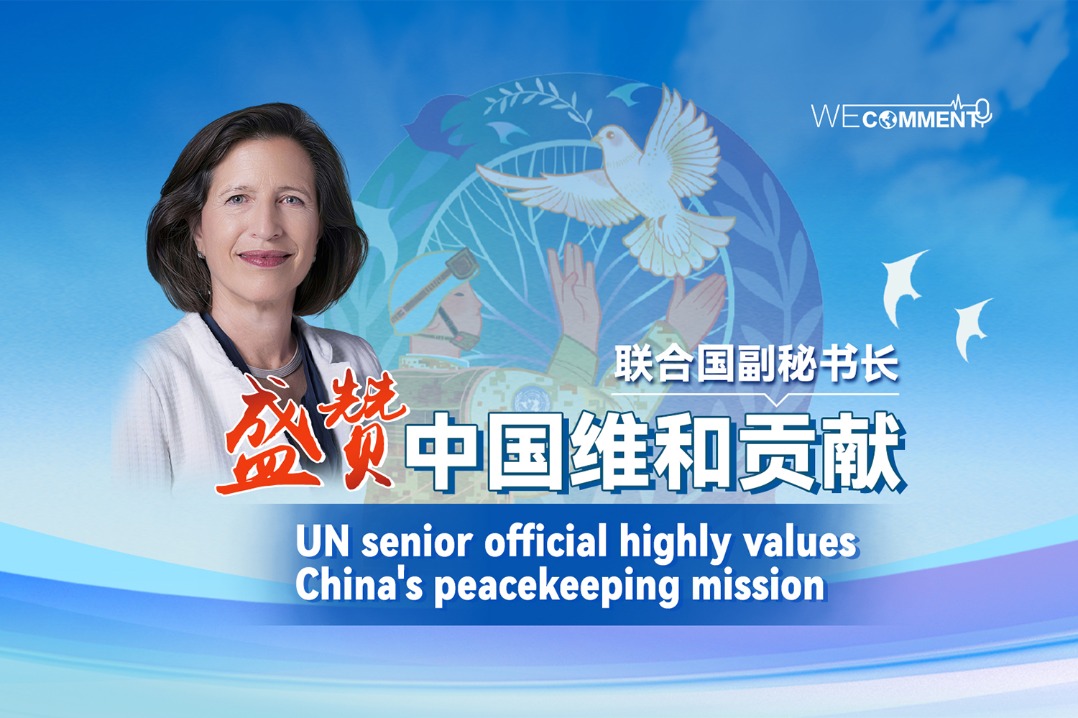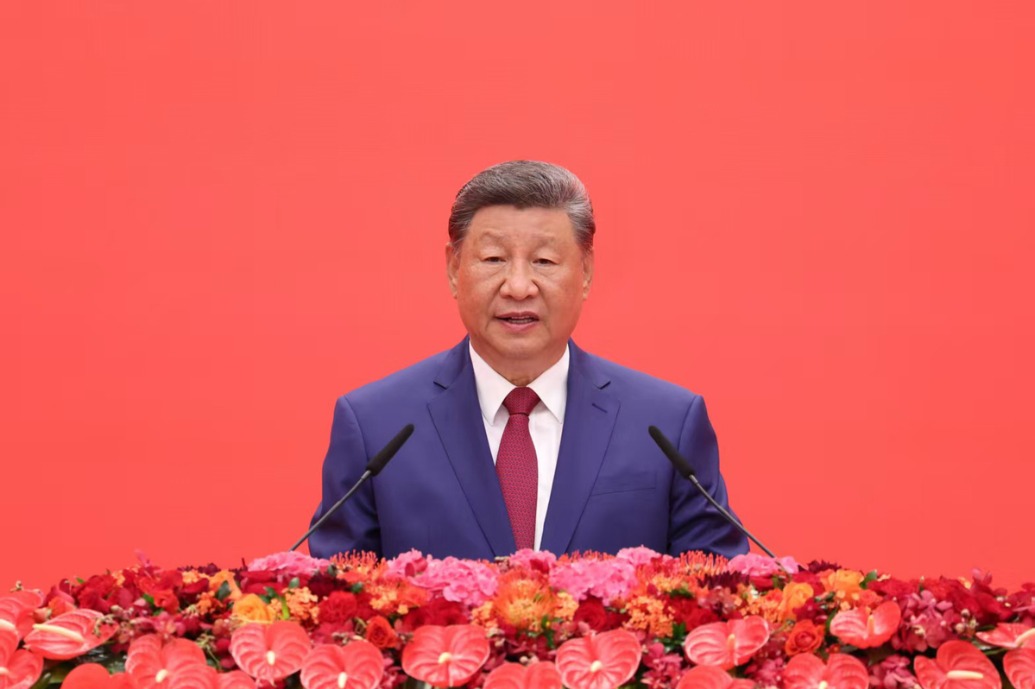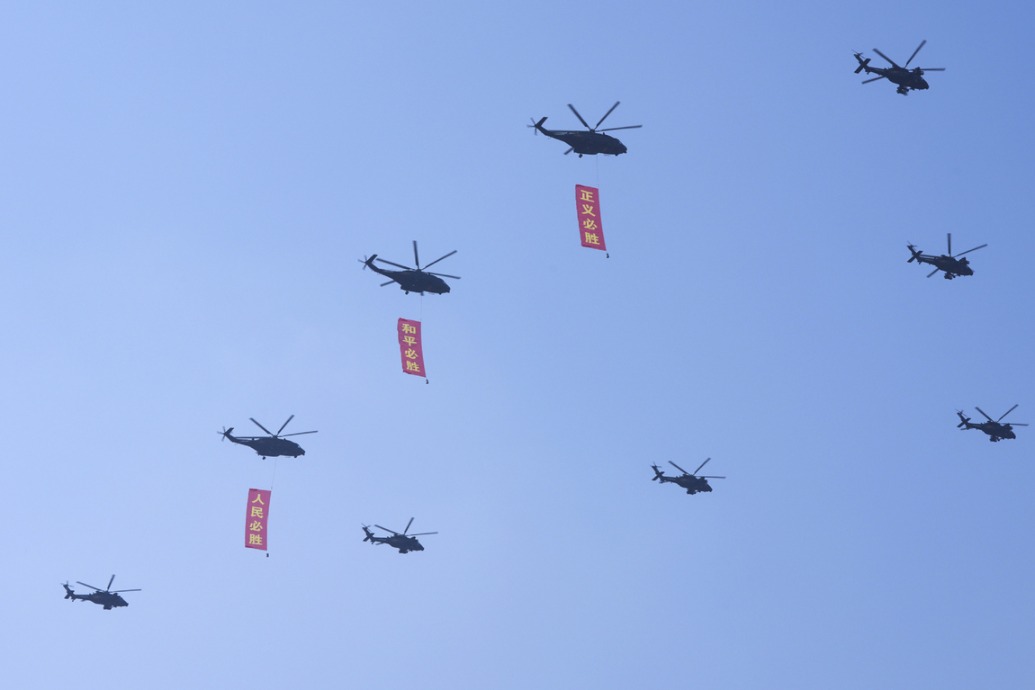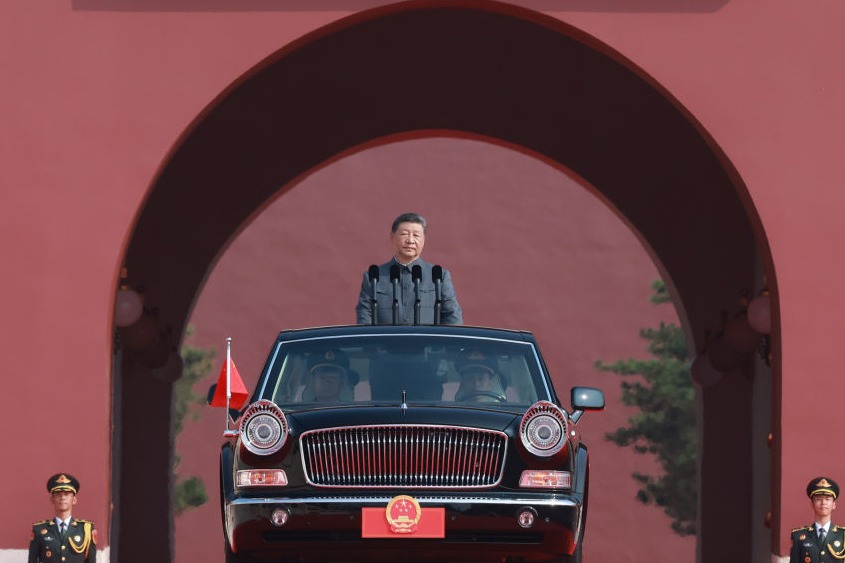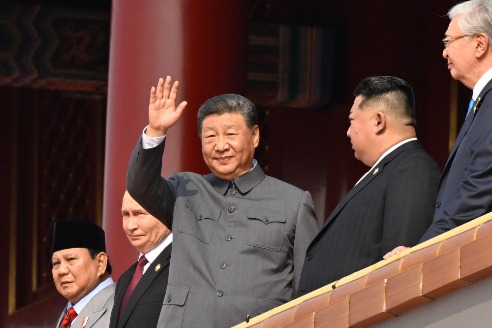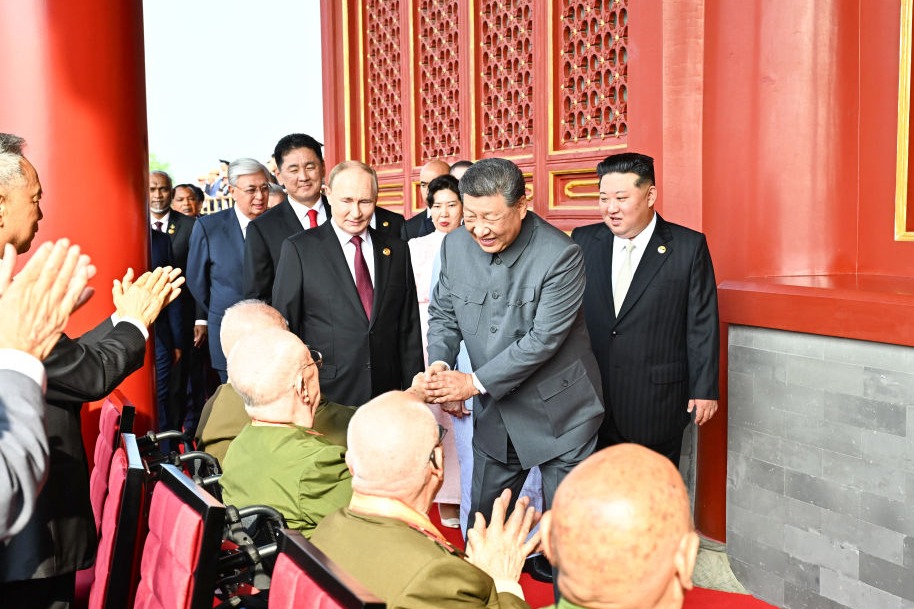Japanese director focuses lens on China

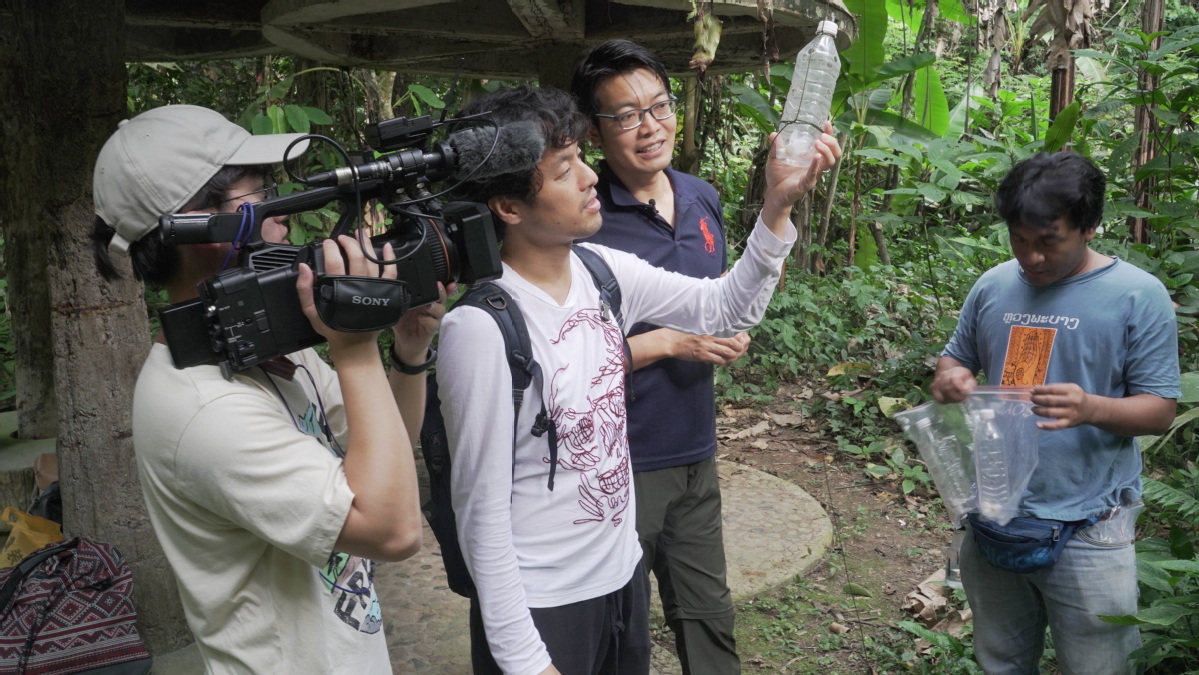
At the end of May, mass nucleic acid testing was conducted on the city's residents.
Takeuchi said: "Some of my colleagues were opposed to the idea of shooting in Wuhan. The cameraman and photographer did not tell their families they were going to the city."
Departing from Nanjing South Railway Station on June 1, Takeuchi and the four other members of his team kept their nucleic acid test results with them for the 10 days they spent in Wuhan.
The main characters in the documentary are a deliveryman who continues to operate during the lockdown, the owner of a Japanese restaurant that closed for 133 days, and a junior high school teacher who used a drone to record scenes of Wuhan during the lockdown.
There is also a woman who had to close her leather products workshop, another who successfully reopened her milk tea store after the lockdown, a front-line nurse and the manager of a factory producing protective suits and face masks.
The cast is completed by a front desk employee at a hospital who lost her grandfather to the disease, a worker who took part in construction of the temporary Leishenshan Hospital, and a couple who were separated for more than 100 days.
Takeuchi said, "I didn't expect this film to be so successful, because it lasts for more than an hour, and many people now watch videos that run for only a few seconds."
He collected questions from Japanese netizens for people in Wuhan. Some asked if the city's residents would face discrimination from others living elsewhere.
Lao Ji, the deliveryman in the documentary, said: "I'm not afraid of discrimination, but I'm upset by it. Wuhan people made great sacrifices during the lockdown. It is not fair to call it the 'Wuhan virus'.This is wrong."
One night during filming, when Takeuchi had severe stomachache, an ambulance took him to the hospital, where he was found to have an 8 millimeter kidney stone.
"This experience made me aware of just how bad the situation was, as there were not enough doctors," he said.
"Lois M" posted on YouTube: "His work is so important for building empathy for humanity across the globe. I believe that the output of Takeuchi and his team is essential for a brighter future."
In another YouTube posting, Japanese netizen "Yoshiko Samamoto" stated, "This film reflects how strong Chinese can be when facing difficulties and also depicts the positive attitudes they hold for the future."
In the film, loved ones, businesses and sources of income are lost, but people continue to lead meaningful lives and look for new opportunities.
Takeuchi said: "I wanted to show the world what it was really like in Wuhan. However, I was also scared. We had these complicated and contradictory feelings as we started shooting, but afterward I just wanted to say that I definitely wished to visit Wuhan again."
Lai Yun, owner of the Japanese restaurant, said: "I volunteered to be a main character because I felt that many foreign media reports about Wuhan were biased. I wanted to use this chance to show our real lives."
Work on the documentary began on June 3-when coincidentally the restaurant reopened-and filming was completed the next day.
Takeuchi said that as Lai owned a car, they decided on the locations together and discussed the daily schedule.
Lai said: "The film is so realistic. There is no filtering and editing. It reflects the real lives of ordinary Wuhan people like myself."
In June, Xiong Yijun, the junior high school teacher in the film, said: "People might think everything returned to normal after the lockdown was lifted in Wuhan, but locals such as myself can sense the changes. The energy of the city has not returned.
"COVID-19 has made me learn more and think more about the city I was born and raised in. I found I might not have been as familiar with it as I thought, so a documentary like this can enable more people to learn about the real Wuhan."
Xiong added that her electric skateboard had been highly popular with Takeuchi, who rode it constantly during filming.
Liangshan locations
Takeuchi has hailed China's poverty alleviation efforts, describing them as "eye-catching and of great significance".
"We want to go to these places to see the changes," he said.
Located in Sichuan province, Liangshan Yi autonomous prefecture is one of the country's poorest areas. The Yi ethnic group comprises more than 50 percent of the population, along with 13 other ethnic groups.
On a visit to the area about a decade ago, Takeuchi and his Japanese colleagues rode donkeys because there were no roads.
"We chose to shoot in Liangshan because our (Chinese) photographer used to teach at a school there as a volunteer and still has connections with it and many of the families," he said.
Takeuchi and his team contacted three interviewees before traveling to Liangshan in July.
"Audiences would be bored if the film was solely about poverty alleviation, so we began by shooting the scenery in Liangshan and also took footage of local delicacies," he said.
The team members stayed in Liangshan for 10 days, where they documented the daily life of a man from the Zhaojue county village of Atuleer, which stands at the top of a cliff.
They then filmed children and coaches from the Liangshan Football Program, sponsored by the Real Madrid Foundation last year in an effort to enhance local children's studies.
The main part of the documentary features the everyday lives of a family of four.
The 50-minute film will be shown on Sina Weibo and major video websites such as iQiyi, Tencent and Bilibili. It can also be viewed on YouTube and some Japanese television channels.
"Great changes have clearly taken place in Liangshan in terms of transportation, and I hope more people will get to know the area through this documentary," Takeuchi said.
"I have many favorite documentary directors, including Michael Moore. I like the humor and light approach to his work."
One of Takeuchi's most popular documentary series in China, The Reason I Live Here, marks its fifth anniversary this month. The director will hold events in Wuhan and Nanjing and invite some of those who appeared in the film to attend.
"Some netizens have said this series will end soon because there are no more stories to shoot, as we have already filmed more than 200 people (from China and Japan). But I will continue to film it because I want to convey Japanese culture to Chinese and Chinese culture to Japanese," Takeuchi said.
"I will never stop filming. It is the happiest thing for me."
He hopes that in the near future his films will be shown in cinemas throughout China.














